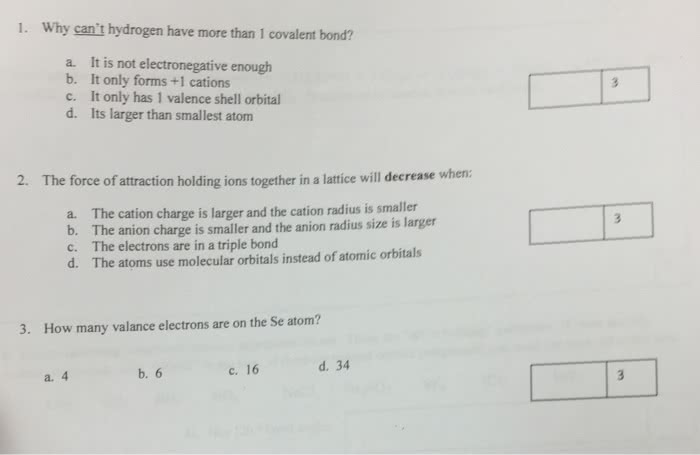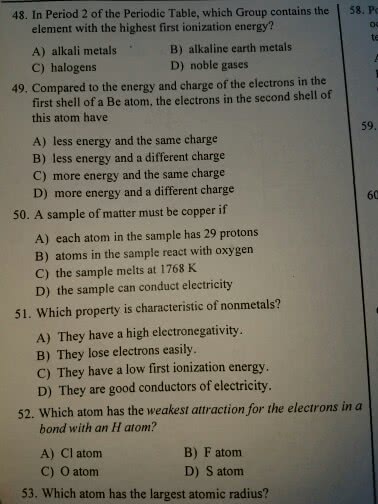CHEM 003A Lecture Notes - Lecture 3: Ionic Bonding, Oxalate, Nonmetal
Document Summary
Continuation of chapter 2 cation: when an atom loses one or more electrons. Usually only formed by metals anion: when an atom gains one or more electrons. The metal atom usually transfers its electrons to the nonmetal atom in an ionic bond. Group 1 elements will have a 1+ cation charge. Group 2 elements will have a 2+ cation charge. Group 13 elements will have a 3+ cation charge. The middle transition metals may be different anions/cations depending on what type of element/elements they are paired up with. As ion charge increases, the force of attraction increases. As distance between the ions increases, the force of attraction decreases. A greater charged ionic bond with a smaller distance between bonds has a higher melting point. Ionic compounds are normally brittle, rigid, and hard due to the pattern of positive and negative ions from the electrostatic forces that hold them together. Ammonium ion (the only cation responsible for knowing)




